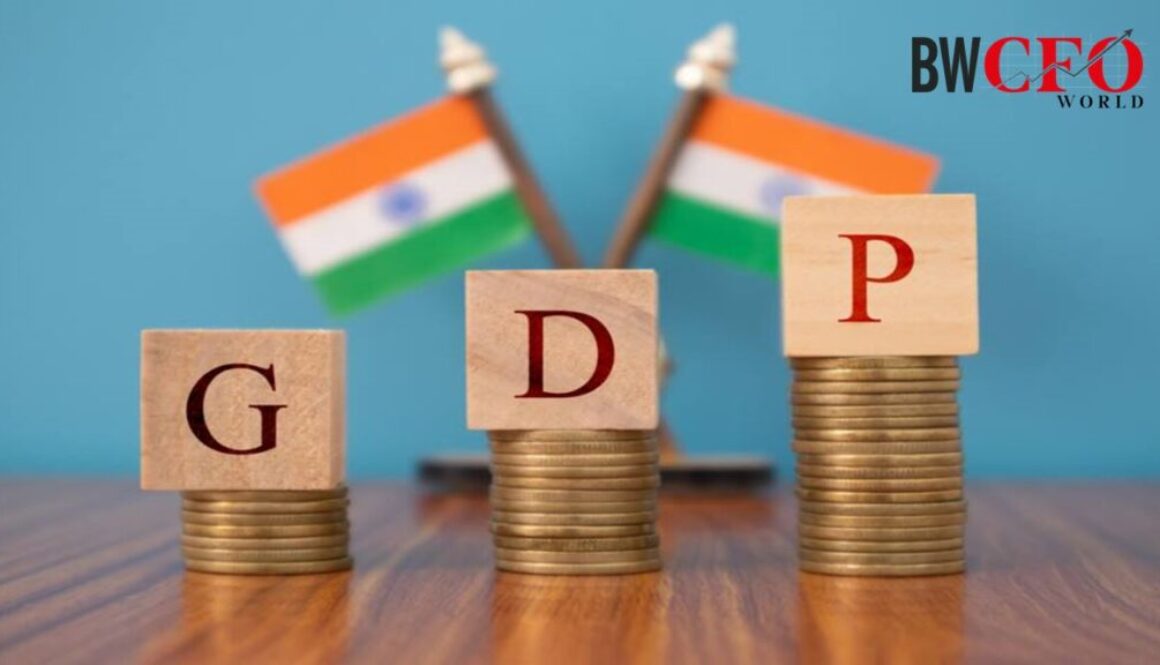11% Of India’s GDP Could Be Spend For Decarbonisation By 2050: Report
India’s yearly capital spending on the change would be around 11 per cent of GDP in the Net Zero 2050 situation, contrasted with the global average of around 7.5 per cent of GDP.
Amid the developing Climate Change and Global Warming, the road to decarbonisation may not be easy for India, as the country would have to contribute an enormous part of GDP to it, according to a report.
India’s yearly capital spending on the change would be around 11 percent of GDP in the Net Zero 2050 situation, contrasted with the global average of around 7.5 percent of GDP.
As per McKinsey’s report, Net Zero 2050 is a goal-oriented scenario that limits dangerous global warming to 1.5 °C. The yearly capital spending on actual resources in India would ascend from around USD 300 billion every 2020 to an average of USD 600 billion between 2021-2050.
Representing anticipated expansions in spending, with the growth in earnings and population, just as for presently legislated transition policies. The necessary expansion in spending would be lower, yet about USD 1 trillion. Thus, McKinsey noted that spending would be allocated as a global capital investment could ascend to as high as 8.8 percent of worldwide GDP by 2030 before 7.5 percent of GDP falls back by 2050.
The report further mentioned that extensive labour reallocations might be required, with internationally, around 200 million jobs acquired and 185 million lost by 2050 from the net-zero progress. The size of labour force reallocation might be more modest than that form different patterns.
Senior Partner at McKinsey and Asia leader of McKinsey Sustainability, Rajat Gupta said that the economic progress to accomplish net-zero will be perplexing and testing. However, India’s wealth of lower mission or critical transition assets and geological position could permit it to turn into a forerunner in the progress.

